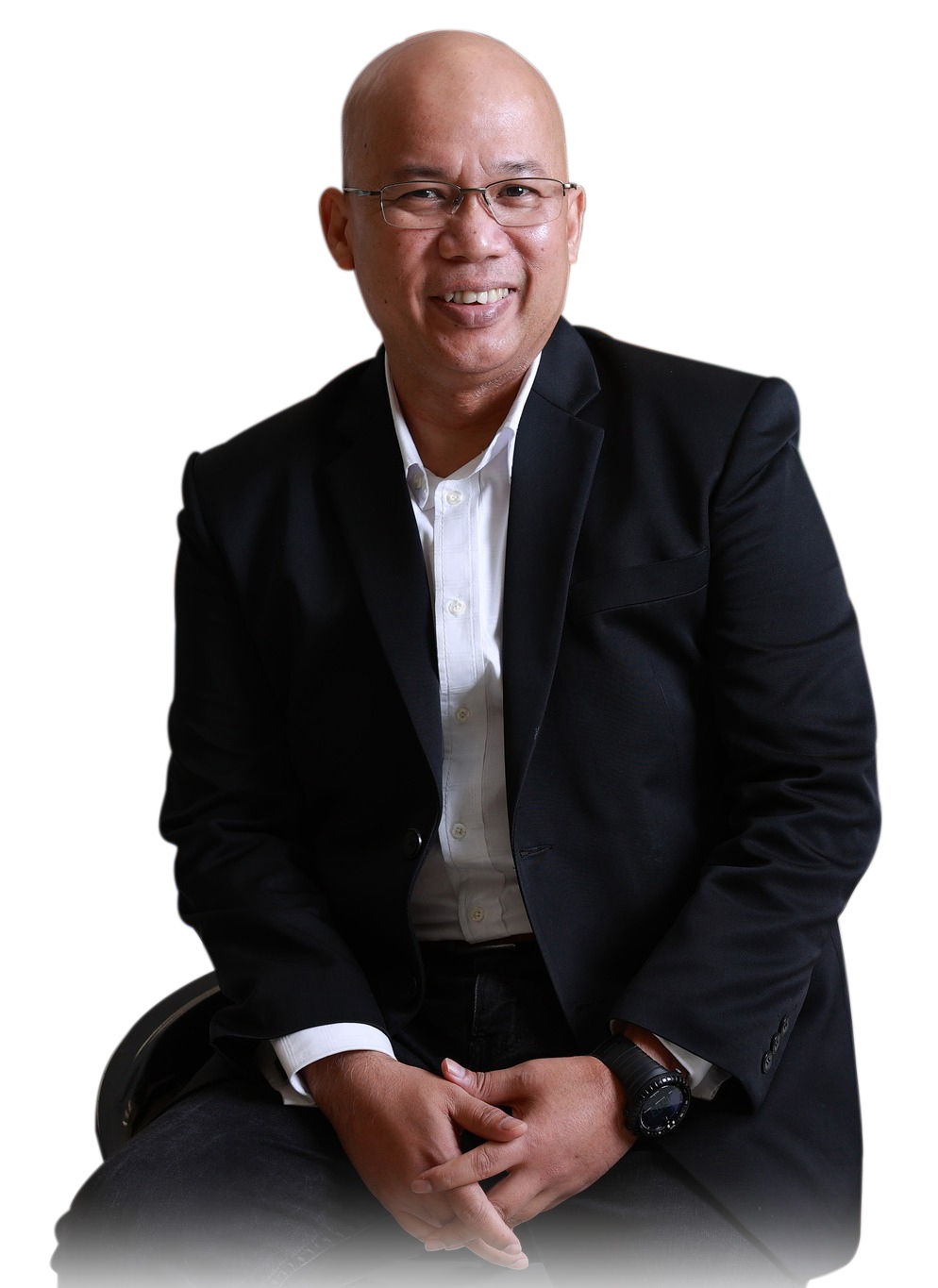

KIK or Innovative and Creative group is one of the initiatives that under Pillar 4 of UM strategic plan 2021-2025. It refers to UM staff members who formed groups that worked together to implement innovative projects with the aim of improving and enhancing quality and work productivity particularly in service delivery systems to our clients and stakeholders
At the university, we have high hopes that the implementation of the KIK program will lead to new systems and ways of working that can directly improve the quality-of-service delivery, foster closer cooperation, and promote a more collaborative work culture among our staff members. It will also augment and strengthen our understanding of the UM Core Values (passion, oneness, integrity, sincerity, empathy), and furthermore, serve to enhance the image of the Universiti Malaya as we fervently wish for our top performing teams to compete at the national level in the future.
As of today, we have more than 50 teams competing with the largest number coming from PPUM at 13, followed by the faculty of medicine at 5 submissions, while the rest are spread evenly across different faculties and departments. The shortlisted teams will then compete at the UM KIK convention scheduled on 21st - 22nd December 2021 with the winner and runner up being considered to represent UM at the national level competition. This is a favorable and timely start for the university in inculcating innovative and creative work cultures. It is our hope that more teams will participate in the future under the um KIK banner. I cannot emphasize enough how important it is to have an innovative work culture for an educational institution like ours. It’s almost impossible to mention the words ‘university’ or ‘higher education’ without ‘innovation’ associated closely with it.
Despite the cliches, innovation in higher education isn’t just about staying ahead; it’s about staying relevant and sustainable in an unpredictable global environment. Innovation in higher education isn’t about disrupting teaching and learning methodologies, but about strategically molding these methodologies to cultivate new ideas, enhance creativity, encourage collaboration, and promote inclusion and diversity in all our academic and non-academic processes. Likewise, for our students too, we need to embed innovative and creative solutions into the classroom, as standards of higher education are getting higher everyday, and institutions are now required to think outside the box and tap into their innovative mindsets to remain relevant and competitive. It is timely, as advances in technology and the ever-competitive graduate job market have somewhat forced us to adapt just as quickly to offer students an education that will prepare them for the inevitable challenges and opportunities they will face after graduation.
